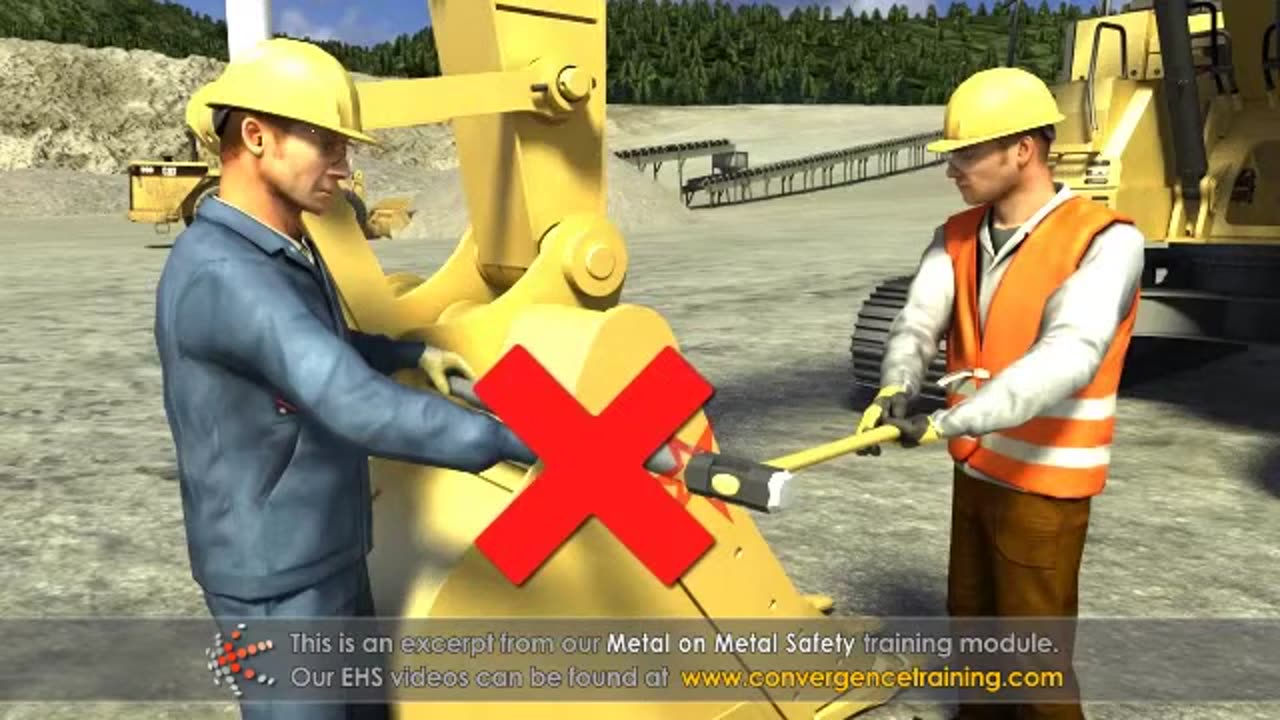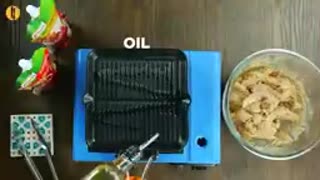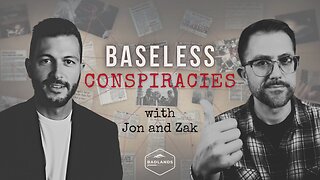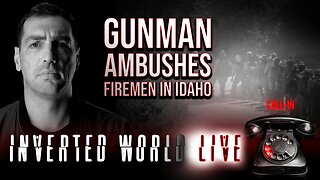Premium Only Content

Metal on Metal Safety Training
**Metal-on-Metal Safety Training** is crucial for preventing accidents, injuries, and equipment damage in industries where metal objects come into contact. Here's a comprehensive guide:
---
### **1. Understanding Metal-on-Metal Hazards**
- **Sparks and Fire Risks**: Friction between metals can produce sparks, posing fire or explosion risks in flammable environments.
- **Noise**: Metal-on-metal contact often creates high decibel noise, which can cause hearing damage over time.
- **Material Damage**: Contact between metals may cause wear, weakening structural integrity.
- **Flying Debris**: Cutting, grinding, or impact can release sharp fragments.
- **Ergonomic Risks**: Mishandling heavy metal objects may lead to strain or injuries.
---
### **2. Key Safety Practices**
#### **a. Personal Protective Equipment (PPE)**
- **Mandatory PPE**:
- Safety goggles or face shields (to protect eyes from debris).
- Cut-resistant gloves.
- Hearing protection (earplugs or earmuffs).
- Steel-toed boots.
- **Optional PPE**:
- Flame-resistant clothing in high-spark areas.
#### **b. Equipment Inspection**
- Inspect tools and machines for:
- Proper lubrication to reduce friction.
- Sharp or damaged edges that may cause accidents.
- Loose or worn-out components.
#### **c. Tool and Equipment Use**
- Use tools appropriate for the task to prevent unnecessary friction or sparks.
- Maintain sharp tools to reduce excessive force, which may increase friction.
- Avoid using incompatible metals that could lead to corrosion or reactivity.
#### **d. Safe Handling Practices**
- Use lifting aids or team assistance to handle heavy objects.
- Follow correct procedures for stacking and storage to avoid collapse.
- Keep hands and feet clear of pinch points during assembly or movement.
---
### **3. Fire and Explosion Safety**
- Keep the workspace clear of flammable materials (oils, chemicals, etc.).
- Equip the area with Class D fire extinguishers for metal fires.
- Maintain proper ventilation to disperse flammable fumes or dust.
- Ground and bond equipment to avoid static electricity buildup.
---
### **4. Noise and Hearing Protection**
- Conduct a noise assessment in high-risk areas.
- Use noise-dampening barriers or padding between metals where applicable.
- Implement quiet work methods (e.g., using hydraulic tools instead of impact tools).
---
### **5. Emergency Response Procedures**
- Ensure employees know how to:
- Use fire extinguishers.
- Shut down equipment in emergencies.
- Provide first aid for injuries like cuts or burns.
- Conduct regular drills for fire or evacuation scenarios.
---
### **6. Training and Supervision**
- Regularly train workers on:
- Proper use and maintenance of tools.
- Recognition of hazards (e.g., sparks, sharp edges).
- Ergonomic lifting and handling techniques.
- Assign supervisors to monitor adherence to safety protocols.
---
### **7. Documentation and Compliance**
- Maintain records of inspections, incidents, and training sessions.
- Follow regulations from standards like OSHA, NFPA, or ISO related to metalwork.
---
Would you like me to help design a training session or provide materials like checklists or safety posters?
-
 1:35
1:35
HSESafetyInformation
4 months agoMutton Chops two ways- baked & grilled Recipe by Food Fusion (Eid Recipe)
64 -
 3:42:54
3:42:54
FreshandFit
6 hours agoAfter Hours w/ Girls
356K71 -
 1:51:48
1:51:48
Badlands Media
13 hours agoBaseless Conspiracies Ep. 139: Benghazi Whistleblower Nick Noe - Part 1
207K64 -
 2:51:19
2:51:19
TimcastIRL
8 hours agoTrump DOJ Begins MASS ARRESTS, Hundreds CHARGED For Defrauding US GOV In Scheme | Timcast IRL
450K108 -
 2:03:31
2:03:31
Inverted World Live
7 hours agoGunman Ambushes Firemen in Idaho | Ep. 67
55.2K8 -
 55:06
55:06
Man in America
11 hours ago🚨 Idaho Shooter False Flag? The Pattern Is CLEAR—And It Means Trouble. PAY ATTENTION!!
50.6K37 -
 LIVE
LIVE
Barry Cunningham
9 hours agoDOES PRESIDENT TRUMP GET THE BIG BEAUTIFUL BILL PASSED TONIGHT? AND MORE NEWS!
3,379 watching -
 5:55:26
5:55:26
SpartakusLIVE
10 hours ago#1 BIG RAT plays for BIG CHEESE || Duos w/ @GloryJean, Quads LATER
56.5K1 -
 1:20:42
1:20:42
Anthony Pompliano
12 hours ago $12.01 earnedCZ's Story: From No Electricity to Bitcoin Billionaire
87.4K2 -
![Batman Arkham Knight [6K Reshade Mods] Hardest Difficulty ⋆ Western Retread](https://1a-1791.com/video/fww1/9a/s8/1/9/R/h/Y/9RhYy.0kob-small-Batman-Arkham-Knight-6K-Res.jpg) 4:14:38
4:14:38
FusedAegisTV
7 hours agoBatman Arkham Knight [6K Reshade Mods] Hardest Difficulty ⋆ Western Retread
42.9K1